Intel, Qualcomm and Nvidia fight for smartphone brand awareness
Chipmakers fight for supremacy in smartphone market.

As the mobile computing wars heat up, chipmakers that supply the crucial components inside smartphones and tablets aim to grab more of the glory.
Not content to remain in the shadows of hot consumer brands like Apple or Samsung, chipmakers - including Intel, Qualcomm and Nvidia - want consumers to get to know the processors that power their mobile devices and build brand loyalty in the process.
Intel is leading the charge by extending its hugely successful "Intel Inside" marketing campaign beyond personal computers. Launched in 1991, "Intel Inside" stickers turned commodity electronic components into premium products, and eventually became ubiquitous on laptops.
This year, the Intel Inside logo has appeared on the backs of smartphones launched in the United Kingdom, India and Russia.
"Without a doubt, my goal would be to have consumers walk into stores and have Intel Inside as a key driver of which phone or tablet they choose, just like we've done in the PC space," said Brian Fravel, Intel's head of branding.
The world's top chipmaker dominates the PC market but lags smaller competitors in the fast-growing mobile industry. Intel is flexing its branding muscle to try to catch up.
It remains to be seen how many handset manufacturers agree to put the Intel Inside logo on their devices. For emerging smartphone brands, with little name recognition of their own, partnering with Intel may be a "no brainer." At the other extreme, Apple refuses to share branding with any of its suppliers.
Get the ITPro daily newsletter
Sign up today and you will receive a free copy of our Future Focus 2025 report - the leading guidance on AI, cybersecurity and other IT challenges as per 700+ senior executives
That's not an easy thing to do in the mobile space where people aren't accustomed to it.
The highest-profile smartphone maker so far to use Intel's branding is Google's Motorola Mobility, which launched the Razr i in London on 18 September.
Until now, space on most smartphones has been reserved for the vendor, such as Apple or Samsung, and carriers like Verizon Wireless.
Providers of operating systems, such as Google's Android, also covet consumer loyalty - their logos sometimes appear briefly on screens when devices are turned on.
A logo-happy approach to smartphones and tablets, though, would run the risk of confusing consumers with what some experts call the NASCAR effect.
As a rule, it's seen as a good idea to add extra branding to products only when the additional brand strongly conveys a quality that the handset maker's own brand lacks.
"Can you generate end-user demand for your processors? That's what they're all looking at, and that's not an easy thing to do in the mobile space where people aren't accustomed to it," said Jack Gold, a tech industry analyst at J. Gold Associates.
Part of the reason the Intel Inside campaign has been unrivaled in the chip industry is that no one else can match Intel's $2.1 billion annual budget for advertising and marketing. Intel helps pay for the PC makers' own ads, as long as they include Intel Inside.
A TV ad promoting a phone launched by Orange in the United Kingdom in February features a supersonic car driven by a dark-clad pilot whose clothes are emblazoned with Intel Inside.
Intel surveyed customers who bought Orange's phone.
"It wasn't as though these were tech-savvy people who were reading all the benchmarks. They said Intel Inside meant performance to them," Intel's Fravel said.
Along with Qualcomm, Samsung is a major producer of mobile processors, most of which it manufactures on behalf of Apple's iPads and iPhones. Texas Instruments and Broadcom also make mobile processors, but do not advertise much to consumers.
ITPro is a global business technology website providing the latest news, analysis, and business insight for IT decision-makers. Whether it's cyber security, cloud computing, IT infrastructure, or business strategy, we aim to equip leaders with the data they need to make informed IT investments.
For regular updates delivered to your inbox and social feeds, be sure to sign up to our daily newsletter and follow on us LinkedIn and Twitter.
-
 Cleo attack victim list grows as Hertz confirms customer data stolen
Cleo attack victim list grows as Hertz confirms customer data stolenNews Hertz has confirmed it suffered a data breach as a result of the Cleo zero-day vulnerability in late 2024, with the car rental giant warning that customer data was stolen.
By Ross Kelly
-
 Lateral moves in tech: Why leaders should support employee mobility
Lateral moves in tech: Why leaders should support employee mobilityIn-depth Encouraging staff to switch roles can have long-term benefits for skills in the tech sector
By Keri Allan
-
 Citi to transition 70% of its workforce to Snapdragon mobile devices
Citi to transition 70% of its workforce to Snapdragon mobile devicesNews Longer battery life will allow the company to eliminate “thousands of tonnes” of CO2
By Adam Shepherd
-
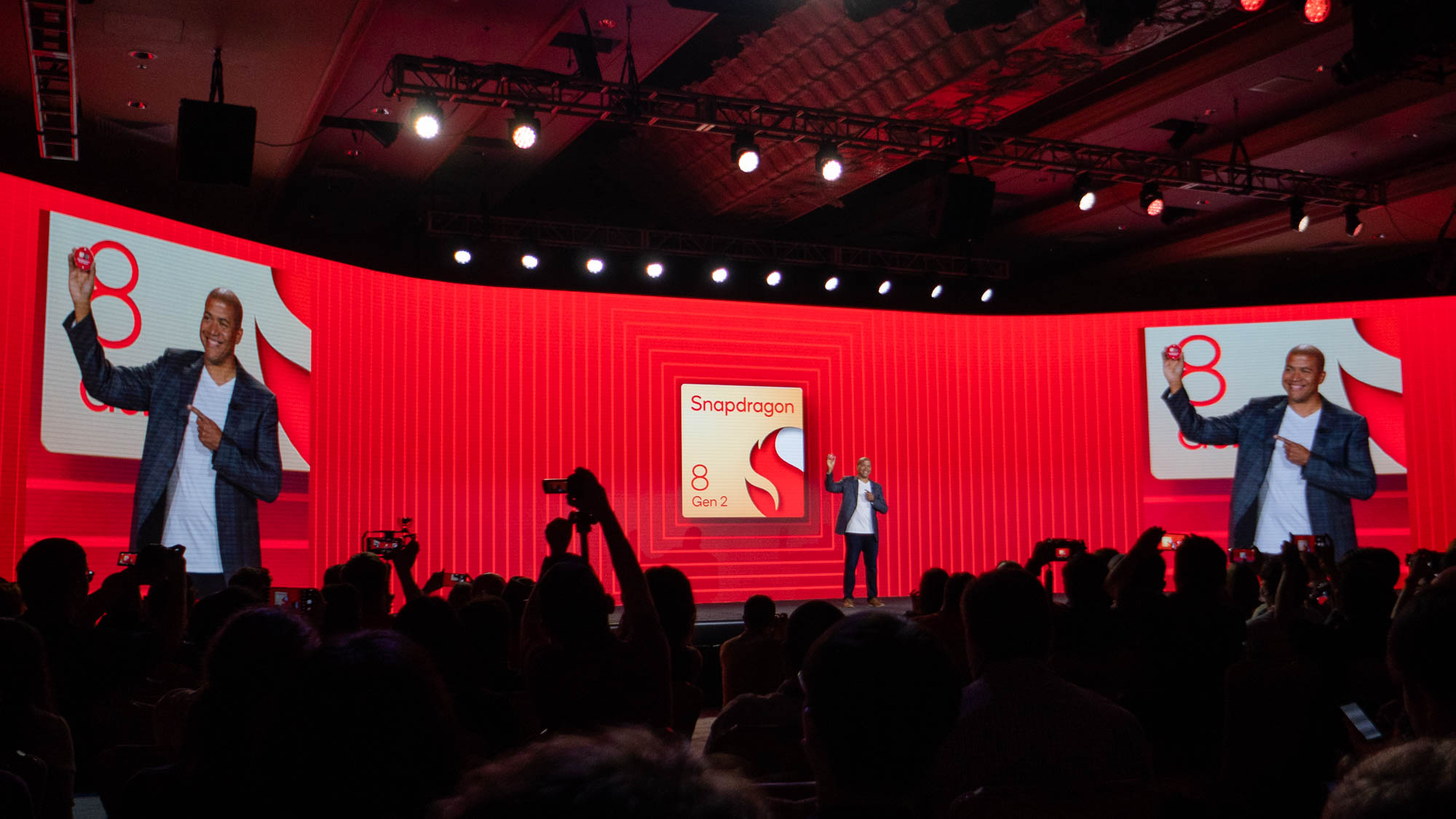 Qualcomm Snapdragon Summit: Snapdragon 8 Gen 2 platform unlocks new AI capabilities
Qualcomm Snapdragon Summit: Snapdragon 8 Gen 2 platform unlocks new AI capabilitiesNews Announced at Qualcomm's Snapdragon Summit in Hawaii, the latest chipset features improved AI support, Wi-Fi 7, and faster overall performance
By Adam Shepherd
-
 Qualcomm open to investing in Arm as part of consortium
Qualcomm open to investing in Arm as part of consortiumNews This comes after SK Hynix said it was interested in forming a consortium to acquire the British chipmaker
By Zach Marzouk
-
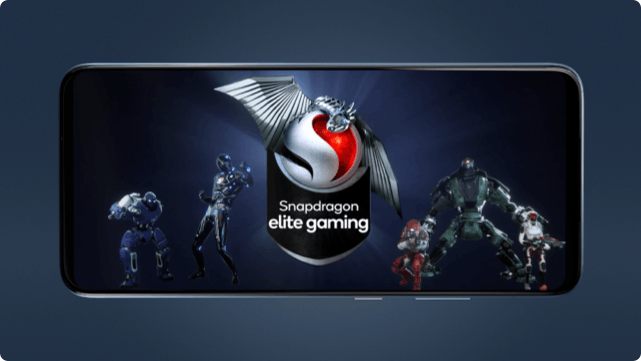 Qualcomm unveils $1,500 smartphone for 'Snapdragon insiders'
Qualcomm unveils $1,500 smartphone for 'Snapdragon insiders'News Triple-lens handset made by Asus with Qualcomm technology will be available "soon"
By Bobby Hellard
-
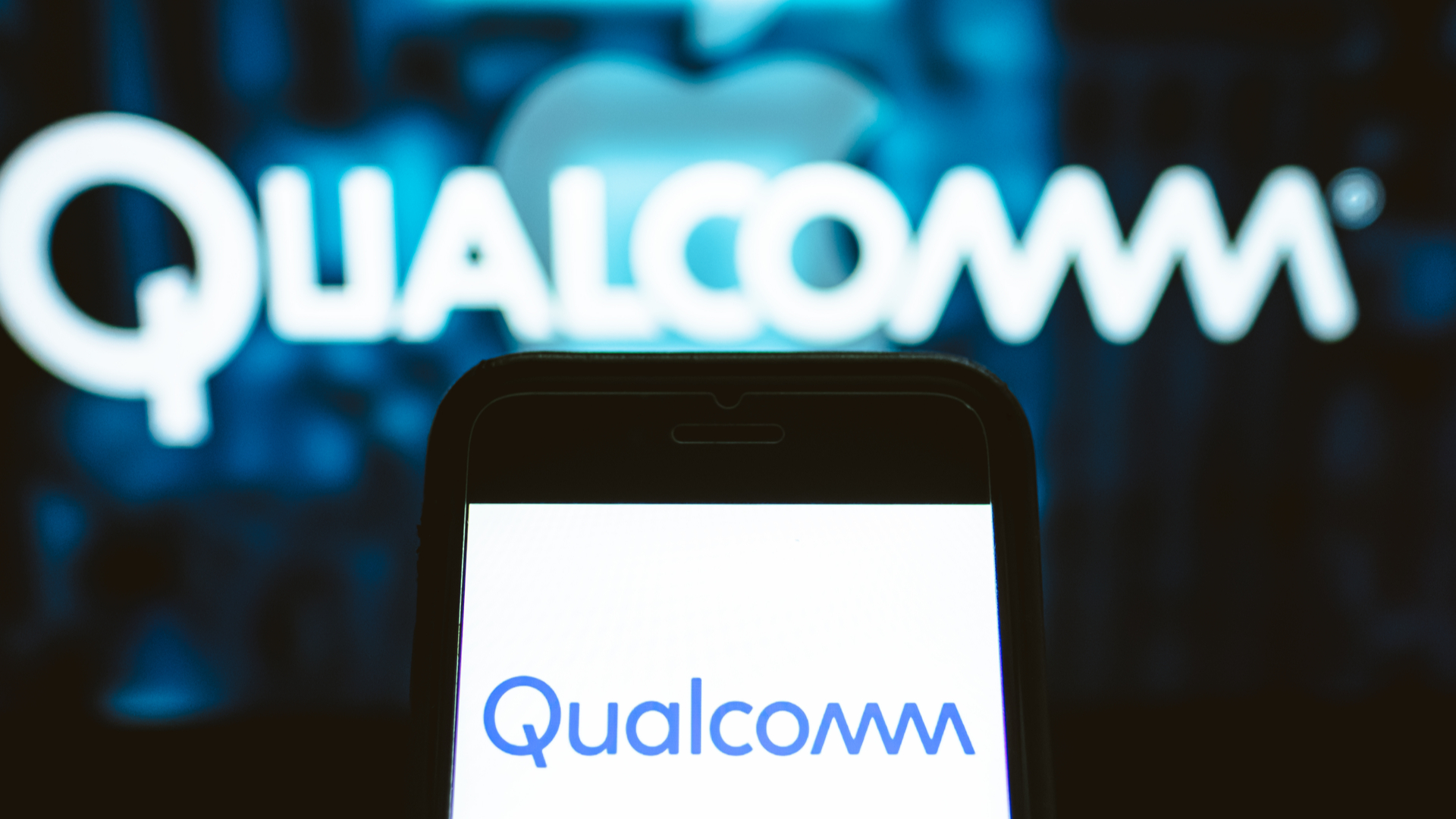 Qualcomm reveals Snapdragon 888 Plus 5G chipset
Qualcomm reveals Snapdragon 888 Plus 5G chipsetNews The new chipset boasts faster clock speeds and will boost AI performance on Android devices by 20%
By Danny Bradbury
-
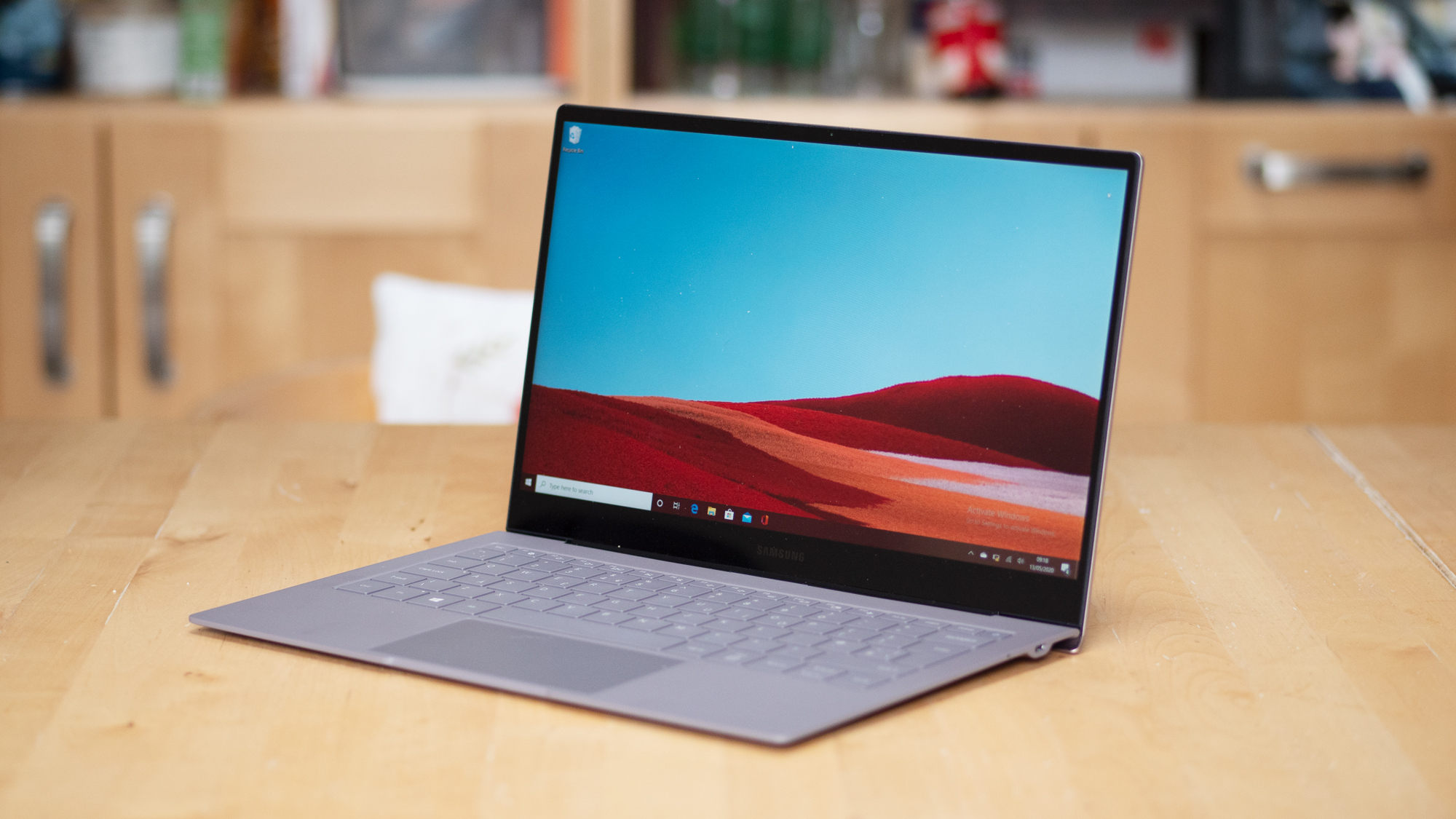
 Samsung Galaxy Book S review: ARMed and dangerous
Samsung Galaxy Book S review: ARMed and dangerousReviews So long, Surface Pro X - Samsung shows us how it’s really done
By Adam Shepherd
-
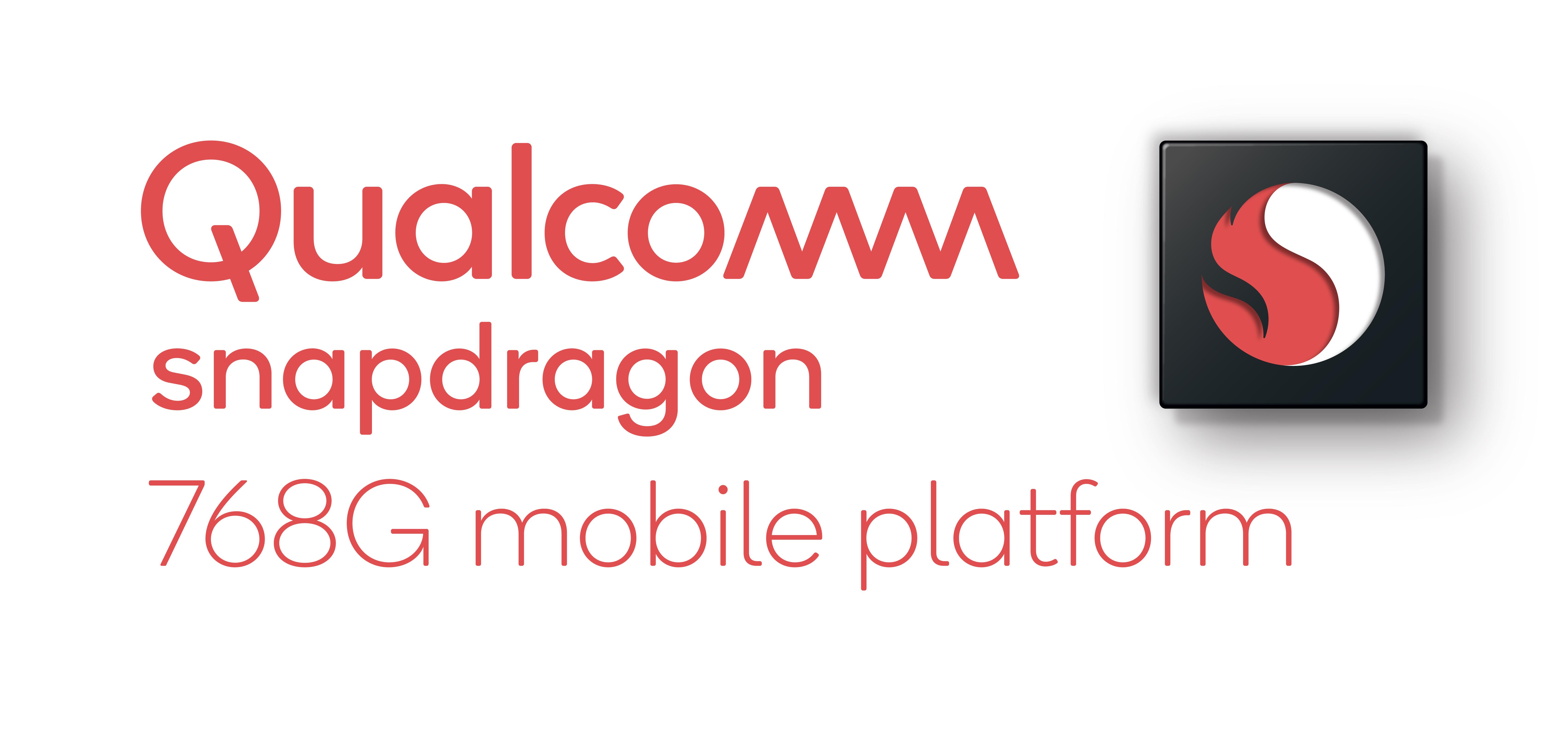 Qualcomm announces Snapdragon 768G 5G platform
Qualcomm announces Snapdragon 768G 5G platformNews New platform delivers 15% faster graphics rendering than Snapdragon 765G
By Sarah Brennan
-
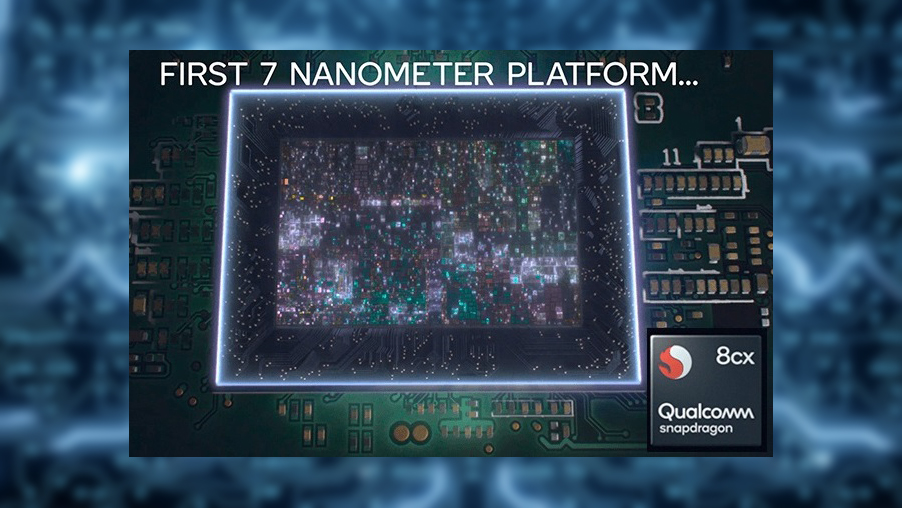 Qualcomm announces 'extreme' ARM chip for thin and light PCs
Qualcomm announces 'extreme' ARM chip for thin and light PCsNews In the first of its kind, the new 7nm chip promises excellent performance on Windows machines
By Connor Jones
